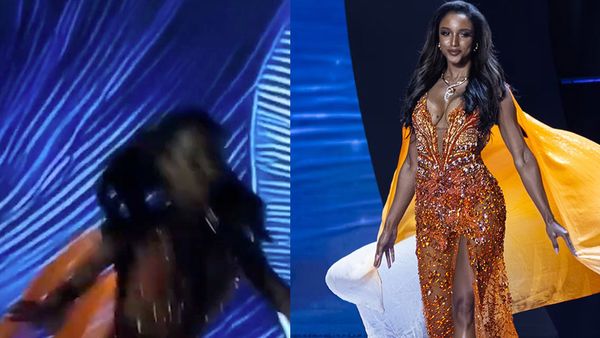
You may have seen the shimmering greens and pinks of the aurora borealis lighting up the night sky, but have you ever heard them? Rare reports of crackling and whooshing noises accompanying auroras have traditionally been dismissed by scientists as folklore, but data gathered in Finland has shown that under the right weather conditions, auroras can be accompanied by a noise.
The northern (and southern) lights are caused by solar particles colliding with gas molecules in Earth’s upper atmosphere. They tend to be visible near the poles because the charged particles are steered towards the poles by Earth’s magnetic field. But most aurora take place well out of earshot, about 62 miles (100km) above our heads.
In an attempt to lay the question to rest, scientists set up recording equipment in the Finnish village of Fiskars and listened to the night sky. Most of the time the auroras were silent, but to their surprise they found that about 5% of the strongest auroras were associated with whistles, cracks and hisses. The researchers found that the noises always coincided with a temperature inversion (cold air trapped under a lid of warm air) and appear to be caused by the release of static charge, linked to changes in atmospheric electricity caused by the aurora’s disturbance to Earth’s magnetic field.







